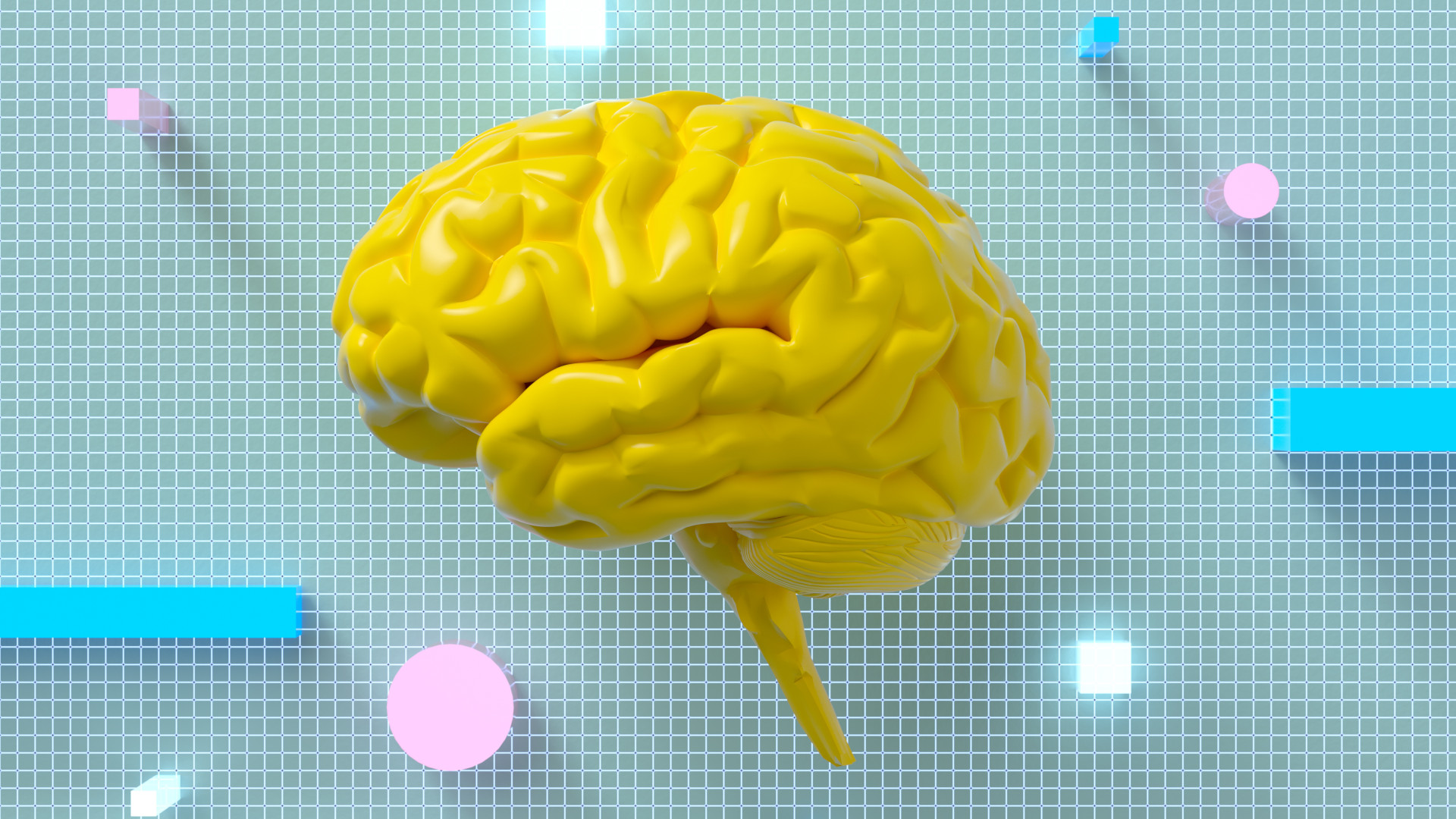Sophisticated Lab-Grown Mini Brains Offer New Insights Into Brain Development

Study in a Sentence: Scientists have created advanced “multi-region brain organoids” that combine cerebral, mid/hindbrain, and vascular components into one 3D structure, enabling brain regions and blood vessel cells to grow and interact in ways that closely resemble early human brain development.
Healthy for Humans: More than 300 million children suffer from developmental disabilities stemming from neurodevelopmental disorders. By fusing separately grown brain region organoids with a rich variety of endothelial (blood vessel) cells researchers built a model that replicates about 80% of the cell types found in the developing human brain making it possible to study how different brain regions and their blood vessels develop together and influence each other. For example, the team discovered 13 previously unknown ways that vascular cells send signals to brain cells, with certain signals supporting specific brain regions. This human-based model could improve our understanding of neurodevelopmental disorders, allow more accurate drug screening, and reveal new treatment strategies without using animals.
Redefining Research: This physiologically relevant advancement in organoid technology bridges a critical gap between traditional in vitro models and human clinical trials, offering a more reliable platform for investigating brain development and disease while accelerating the discovery of targeted therapies.







